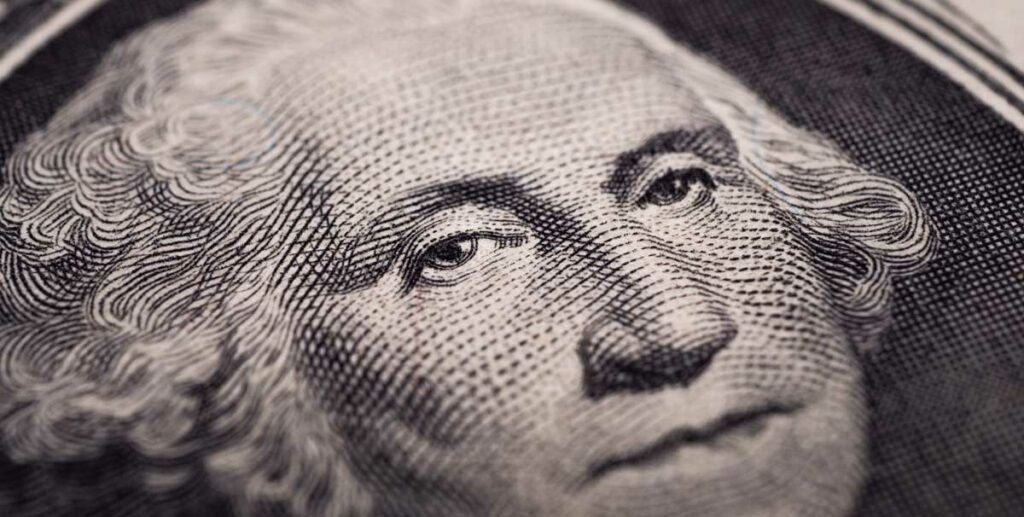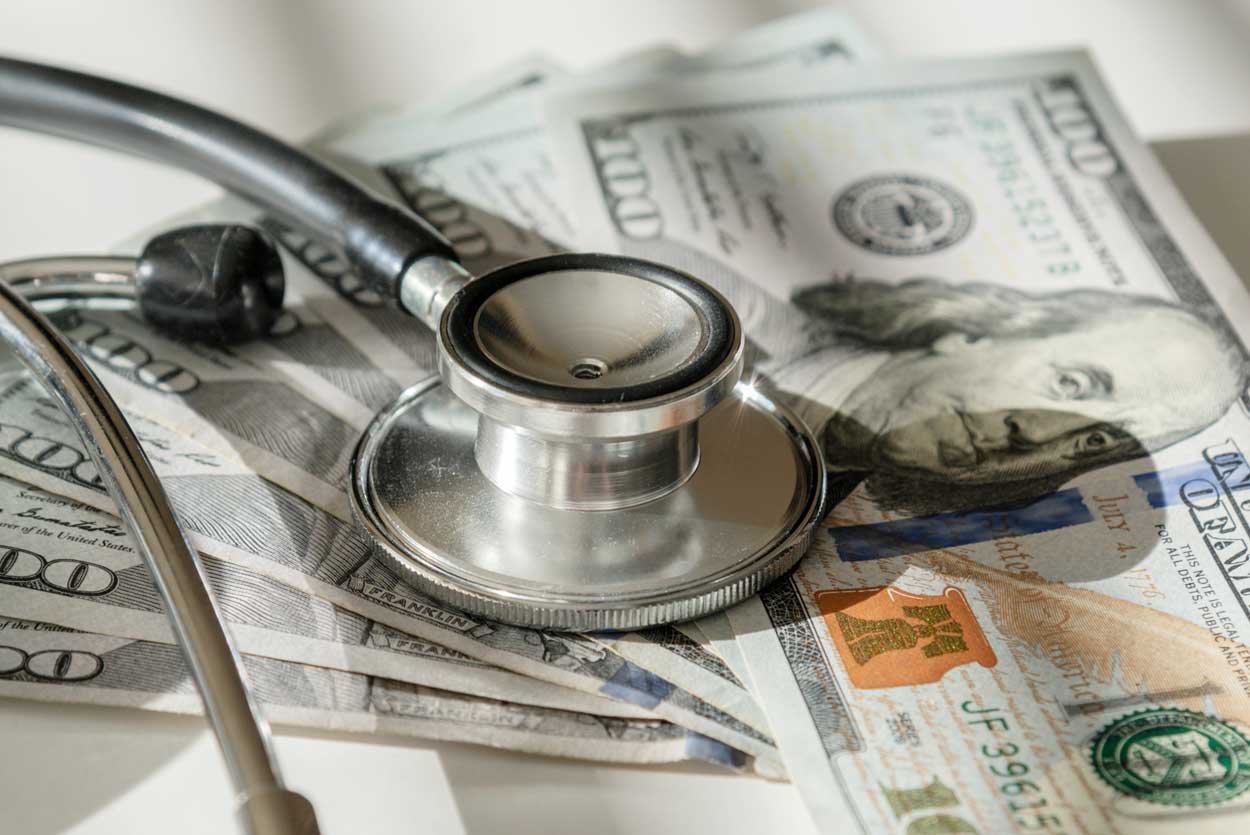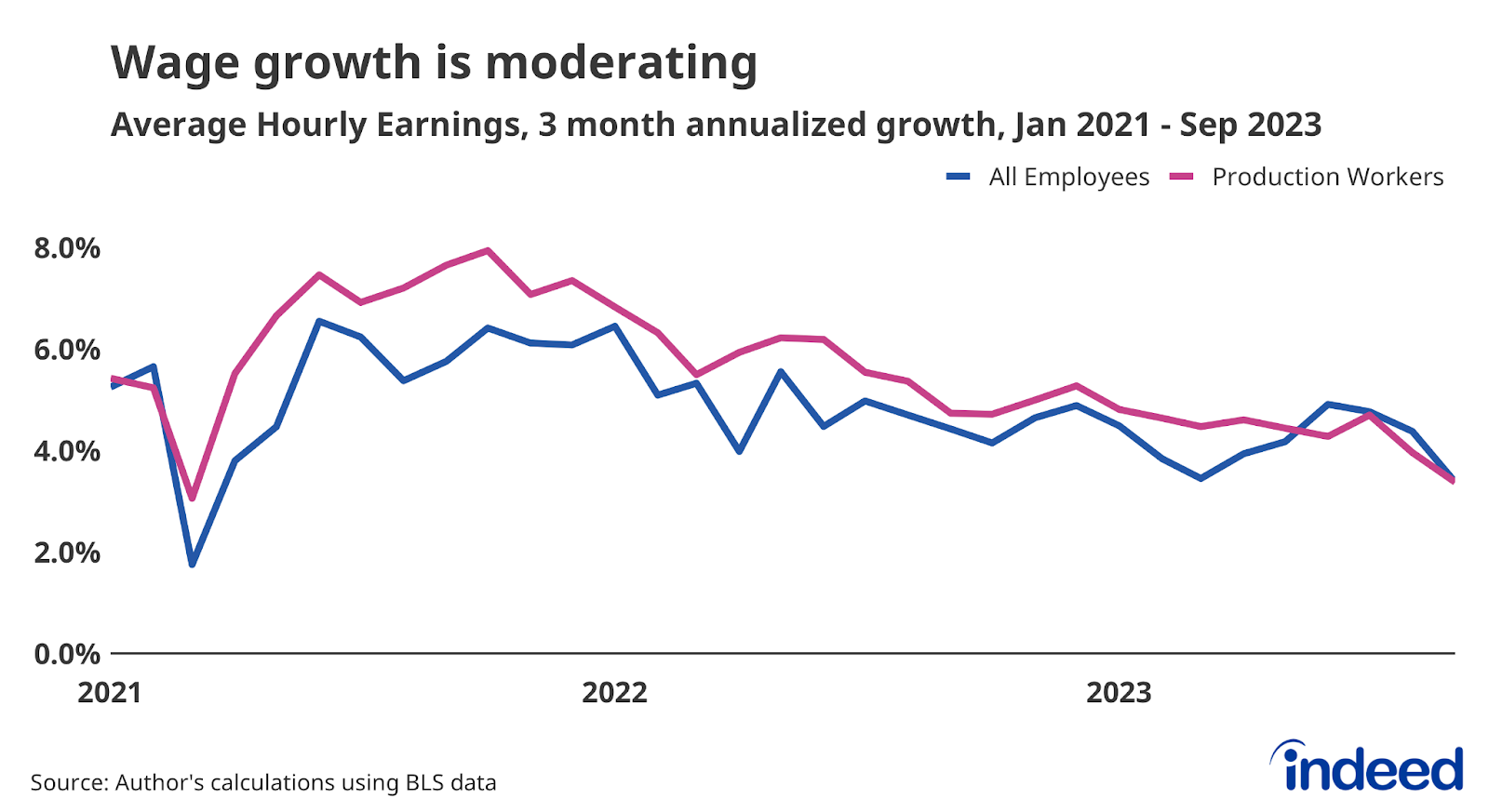As we welcome 2024, the landscape of economic forecasts has been in a constant state of flux, especially throughout the holiday season. As we step into the new year, one can’t help but wonder about the prospects of the 2024 US economy. Amidst a stream of headlines, many of which lean towards the positive, we find ourselves sifting through the information – eager to uncover the encouraging trends while also remaining vigilant for any potential challenges that may lie ahead.
Inflation is Under Control
One of the most remarkable aspects of the current economic situation is the successful containment of inflation. For years, concerns about rising prices have dominated discussions, but now we find ourselves in a scenario where inflation is finally under control. In 2023, the annual inflation rate saw a significant decline, falling from its peak of 7.5% earlier in the year to a more manageable 2.6% by November. This marked decrease reflects the effectiveness of the Federal Reserve’s monetary policy and its commitment to price stability.
The core inflation rate, which excludes volatile food and energy prices, also exhibited a noteworthy deceleration. In the same period, core inflation dropped from 5.2% to 3.2%. This demonstrates that the pricing pressures affecting essential goods and services are diminishing, providing relief to American households.
Policymakers at the Federal Reserve have been resolute in their efforts to keep price pressures in check, ensuring that Americans can maintain their purchasing power. Their commitment to a long-term inflation target of 2% has played a pivotal role in fostering stability and predictability in our daily lives. As we look ahead to 2024, the outlook for inflation remains positive, with a well-managed and controlled inflationary environment contributing to the overall strength of the US economy.
The Fed Looks to Hold Longer Than Expected
The Federal Reserve’s decision to maintain higher interest rates for an extended period might initially appear to be a cautious move. Still, it’s important to recognize the wisdom behind it. Since peaking in 2022, the Fed’s favored inflation gauge has fallen sharply, reaching an annual rate of 2.6 percent in November. This marked decrease in the inflation rate is a testament to the central bank’s commitment to its mandate of ensuring price stability.
By resisting immediate rate cuts, the Federal Reserve demonstrates its confidence in the effectiveness of its policies. Rather than reacting hastily to short-term fluctuations, the Fed is taking a deliberate approach to safeguard the economic gains achieved in recent years. This measured stance is essential for maintaining the long-term health and resilience of the US economy, and it provides businesses and consumers with a sense of stability and confidence as we navigate the economic landscape of 2024.
The Job Market Remains Strong
One of the most encouraging aspects of the current economic scenario is the solid job gains. In December, employers added a robust 216,000 jobs, exceeding expectations. Notably, the unemployment rate held steady at a low 3.7%, showcasing a year-over-year improvement compared to the previous year’s 3.5% rate.
Furthermore, manufacturing jobs, a critical component of the U.S. economy, have continued to play a pivotal role. While the overall job market is thriving, manufacturing employment has shown resilience, with the average workweek remaining largely unchanged at 39.8 hours in December. Overtime in manufacturing also remained consistent at 2.9 hours. Although manufacturing employment experienced some fluctuations in 2023, it remained a crucial contributor to the nation’s workforce, supporting the broader economic growth story.
As we embark on a new year, it’s clear that the United States is in an enviable economic position. Inflation is under control, the stock market is factoring in measured rate cuts, and job gains remain solid while unemployment stays low. When we ask, “What’s the Bad News?” it’s challenging to find significant negative aspects in our current economic landscape. This positivity is a testament to the resilience, adaptability, and strength of the US economy. As we move forward, we can appreciate the strides we’ve made and face any potential challenges with confidence and determination.

So What’s the Bad News?
Even though the traditional measurements for economic health remain relatively strong, there are underlying issues that linger beneath the economic shine:
The US debt pile surpassed $33 trillion in 2023, up more than $3 trillion during the year and $10 trillion since 2019, the last calendar year before the COVID-19 pandemic. Meanwhile, the latest Congressional Budget Office (CBO) projections point to a budget deficit that will be above 5% of gross domestic product (GDP) for the next ten years.
At this rate, the amount of US government debt could surpass $50 trillion by 2033. This, at a time of higher interest rates (at least for now), could mean that, by 2031, the country spends more on interest payments than it does on non-defense discretionary expenditures (such as funding for transport, education, health, international affairs, natural resources and the environment, and science and technology). This is unsustainable.
Manufacturing also seems to be struggling to grow in these uncertain times, but remains resilient. There is also a gap in perception between the reduction of inflation and what people are actually feeling at the cash register.
Even though the numbers are trending in the right direction and gas (at this moment) is under $3 per gallon, there is a discrepancy between the actual economic conditions and public perception, particularly regarding inflation. Many Americans feel that the economy and inflation are worse than they actually are.
And finally, The US economy’s projected performance in 2024 suggests modest growth, with an expected real GDP increase of only 1.0%, a deceleration from the 2.4% growth anticipated in 2023. This forecast, as reported by Barclays Investment Bank and Barclays Private Bank in November 2023, indicates a slowing economy compared to previous years. In 2022, the GDP growth was 1.9%, with consumer price index (CPI) inflation at 8.0%, and the unemployment rate at 3.6%. Looking ahead to 2024, the CPI inflation is forecasted to ease to 2.6%, while the unemployment rate is expected to slightly increase to 4.2%. The gross public debt is projected to rise to 126.2% of GDP, up from 122.0% in 2022 and 123.2% in 2023. Private consumption, which was at 2.5% in 2022, is anticipated to further slow down to 1.1% in 2024. Despite these modest figures, the US economy’s performance still compares favorably with many European nations.
As we approach the new year, there is a blend of encouraging news and the usual uncertainties. Let’s maintain a steady course, fostering a spirit of optimism and hope, as we continue to propel forward on this journey.


